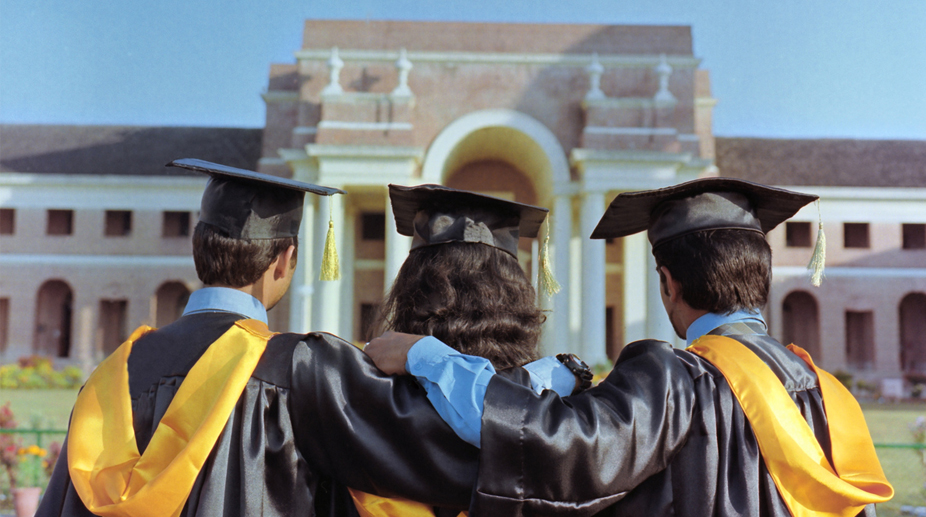The number of students enrolling for higher education in India saw a marginal 0.7 per cent increase in 2016-17, an indication that the government’s ambitious target to enrol 30 per cent of youth between 18-23 by 2020 may be difficult to achieve.
According to the latest All India Survey of Higher Education (AISHE) report released on Friday, the gross enrolment ratio (GER) in higher education has gone up 25.2 per cent in 2016-17 from 24.5 per cent in 2015-16.
Advertisement
The increase is lesser than previous four years’ average, during which the GER — calculated for youth between 18-23 years of age — increased by 0.75 per cent.
The government has set a target of enrolling 30 per cent of youth between 18-23 by 2020. But an average of 0.75 per cent in the last five years including this year, the GER after two years is likely to miss the target.
As per the report, the GER for the country during previous four years was: 21.5, 23.0, 24.3, and 24.5 per cent.
But Human Resource Development Minister Prakash Javadekar said the target was still achievable.
“In GER, we have seen a growth of approximately 2.25 per cent in the last three years. This is a major growth. Therefore, I have full confidence that… we will achieve 30 per cent GER, which is also a goal set by Prime Minister (Narendra Modi) and his dream,” Javadekar said at the launch of the annual report.
According to the survey, the number of universities in the country rose to 864 last year as compared to 799 in 2015-16.
Tamil Nadu had the highest GER in the country at 46.9 per cent. Bihar is at the bottom with 14.9 per cent of its youth in the age group of 18 to 23 enrolling for higher education.
The Gross Enrolment Ratio for the Scheduled Caste and Scheduled Tribe remained below the national average at 21.1 per cent and 15.4 per cent, respectively.
Responding to a query, the minister said the government was trying to bring the marginalised section at par with the rest and that the ministry was “planning to introduce more programmes” in this direction, which will be launched from the next academic session.











